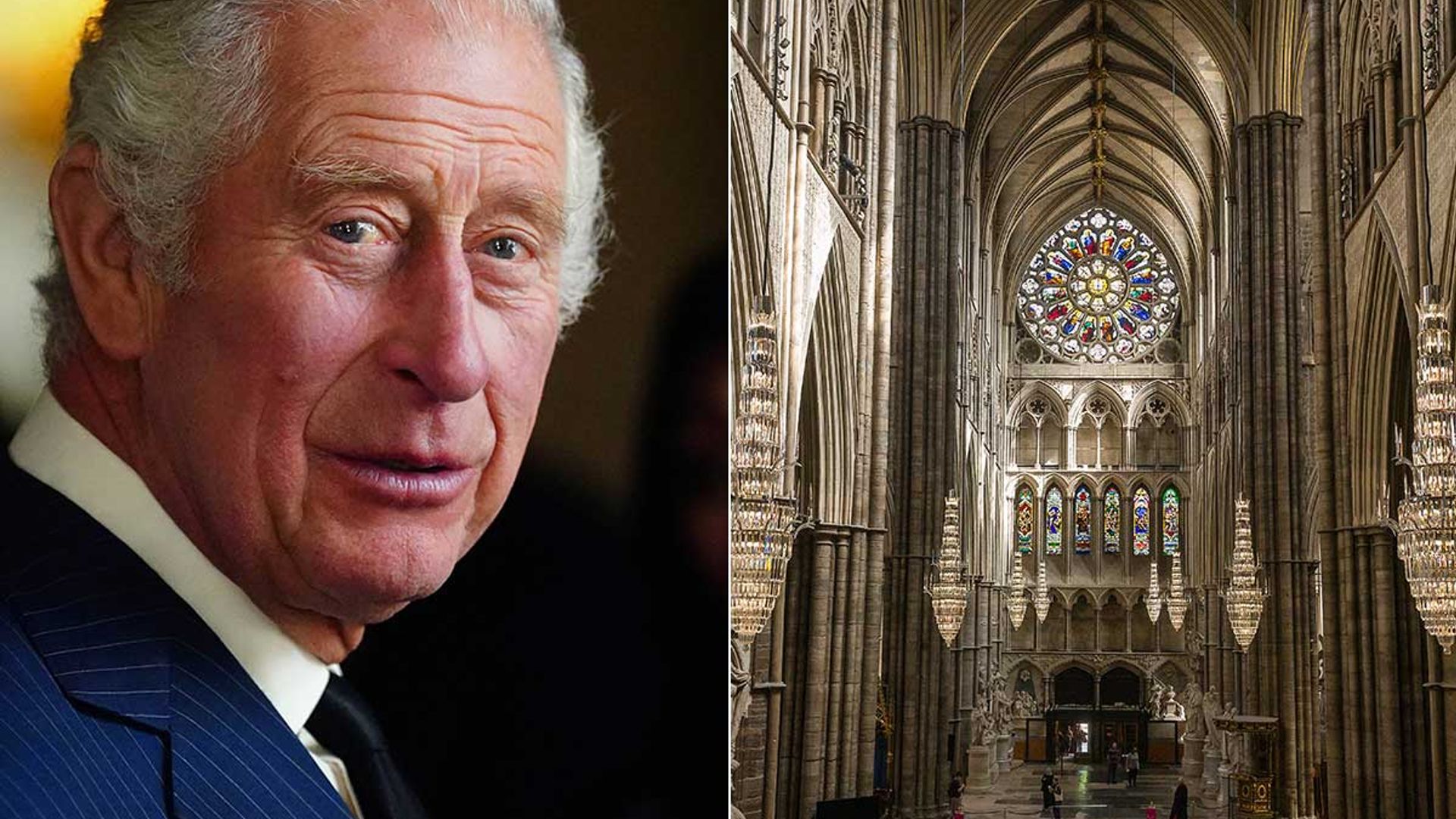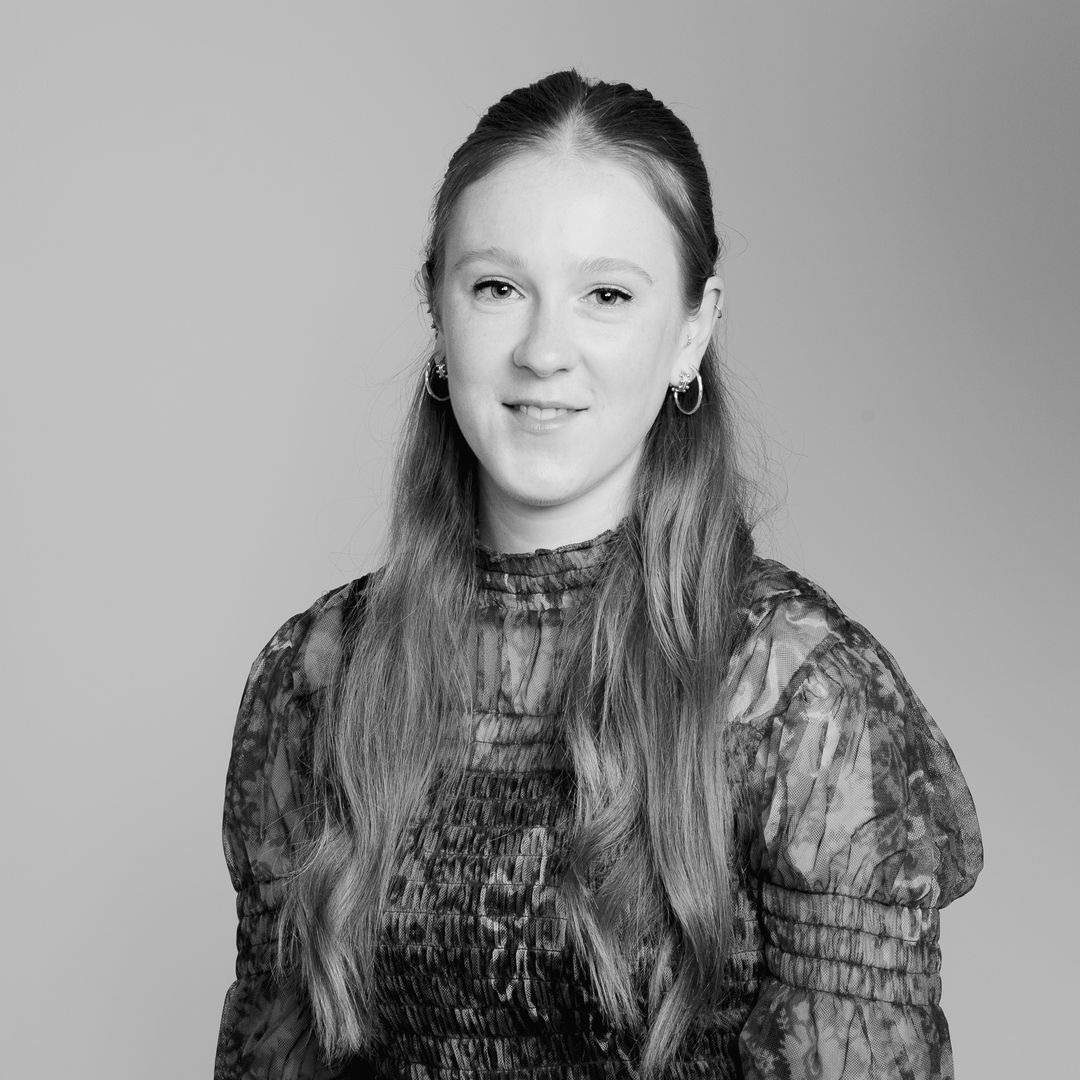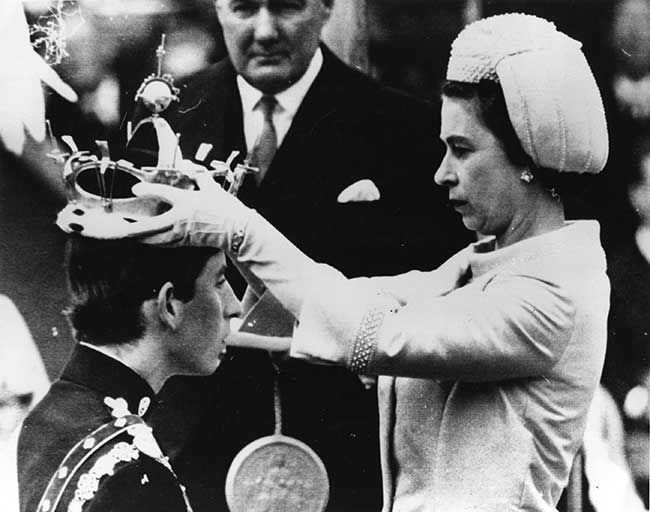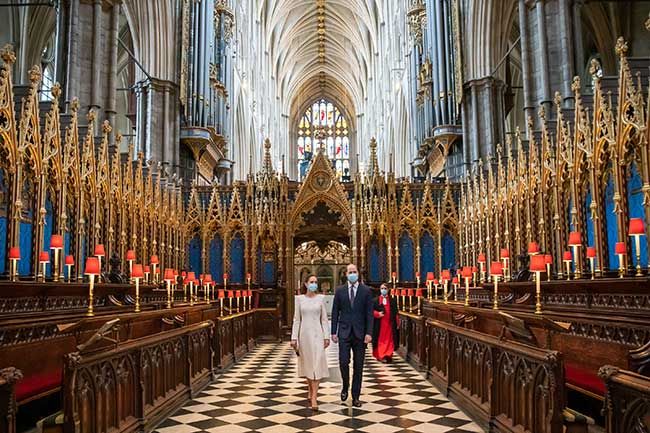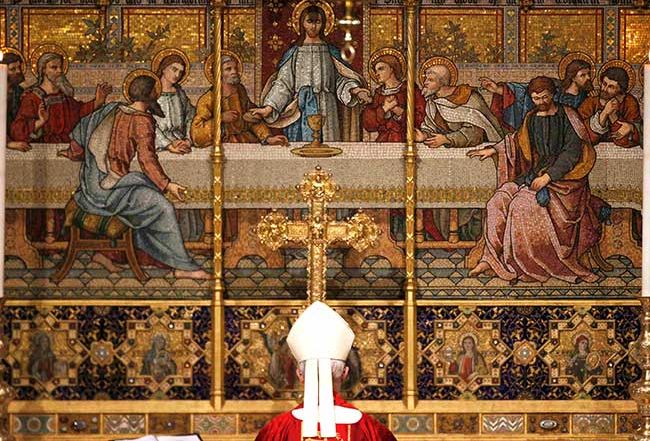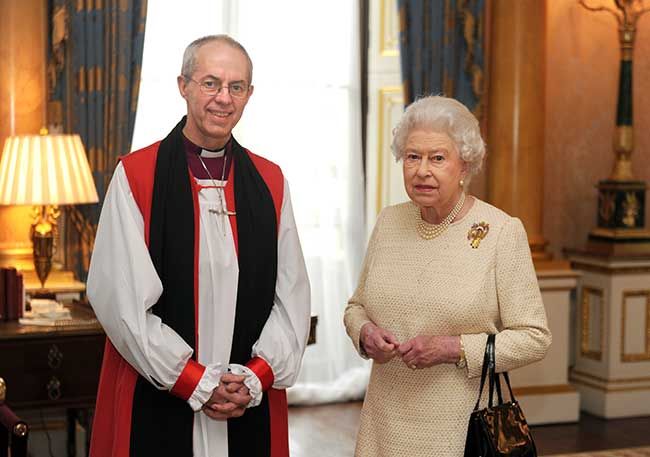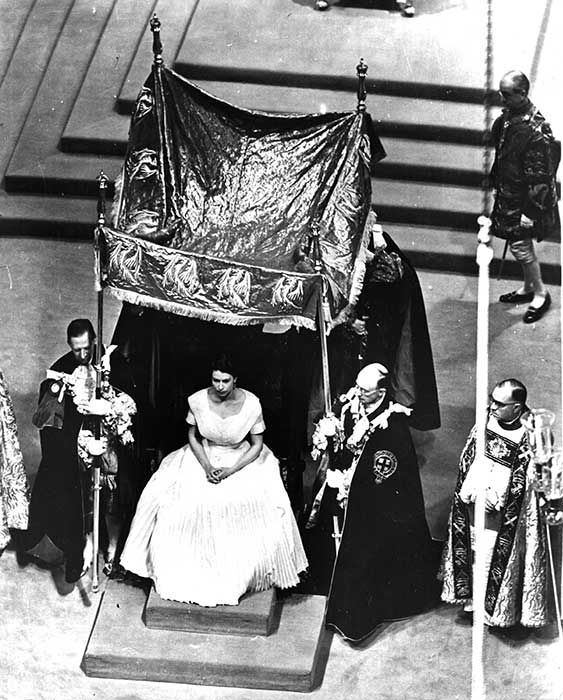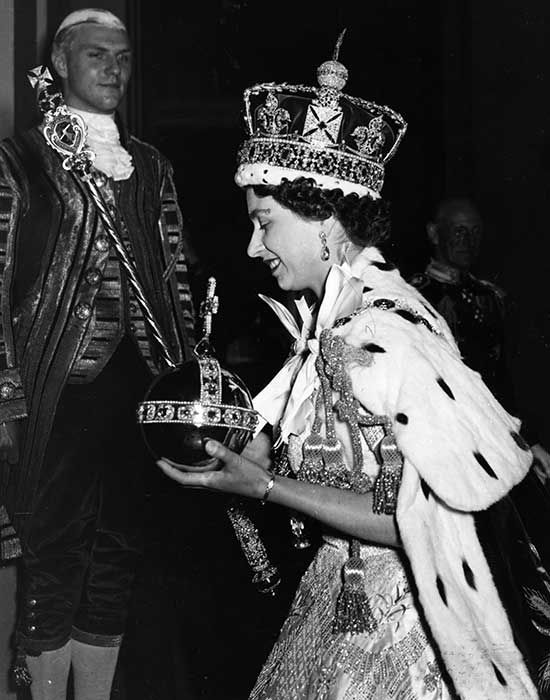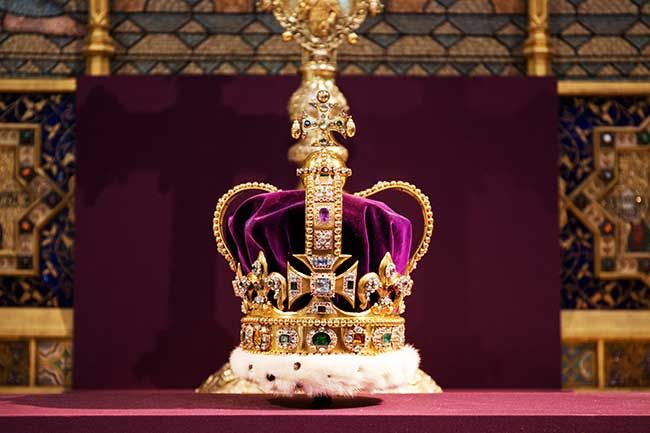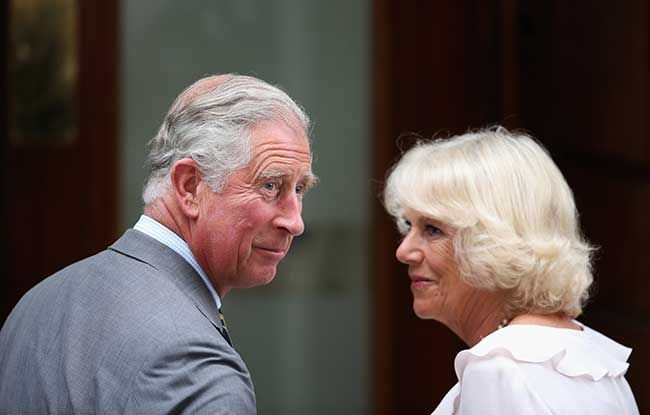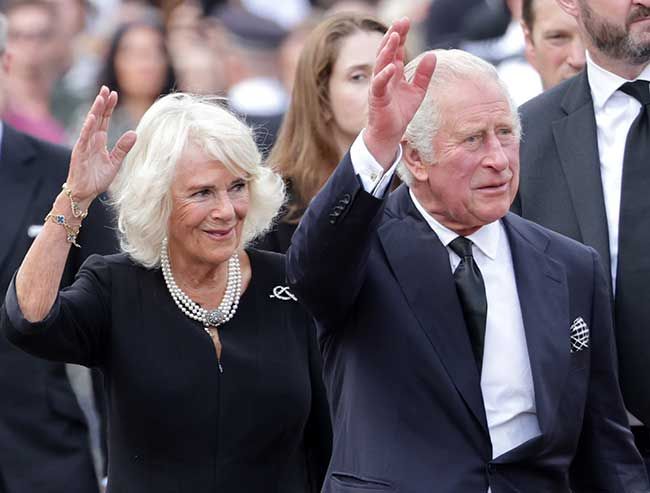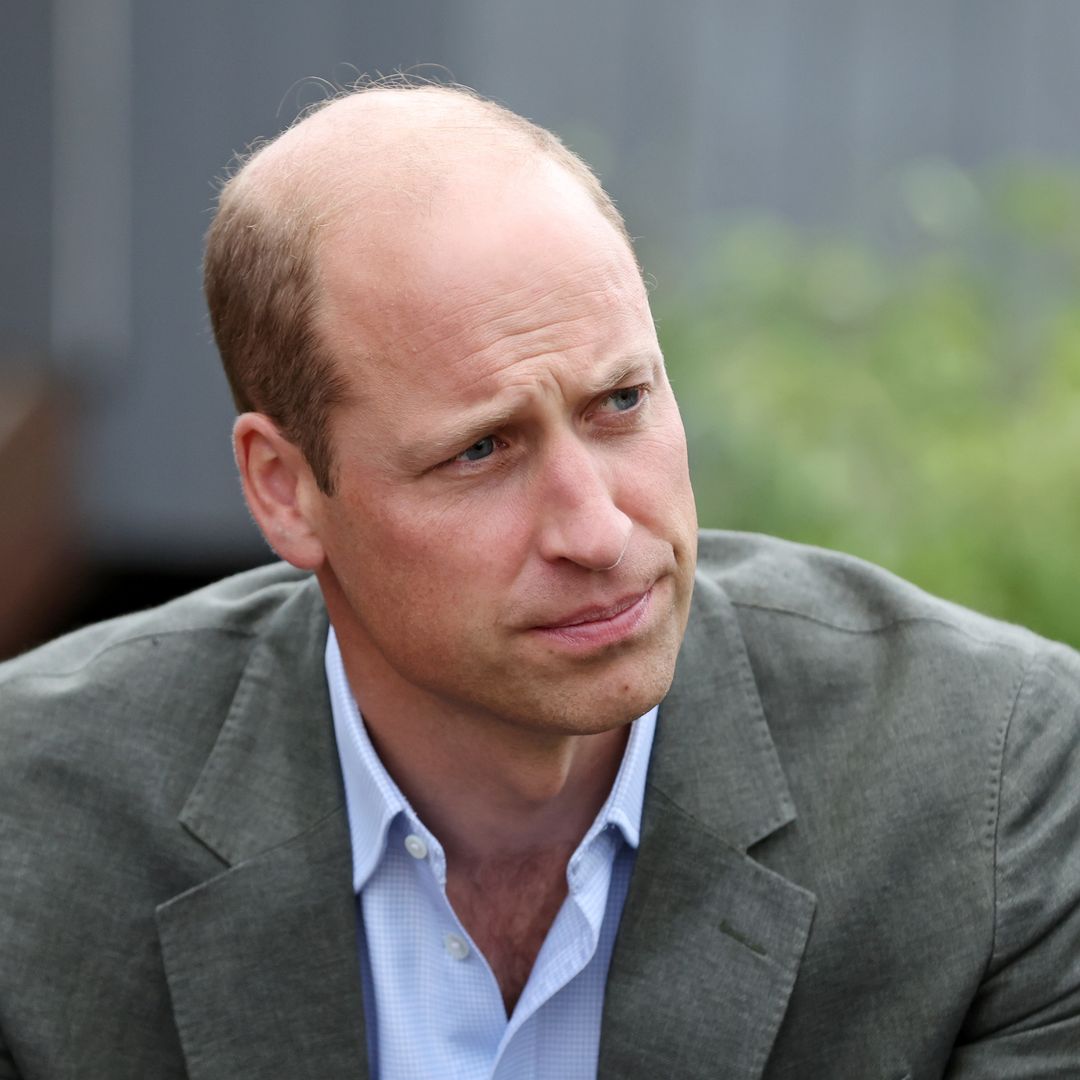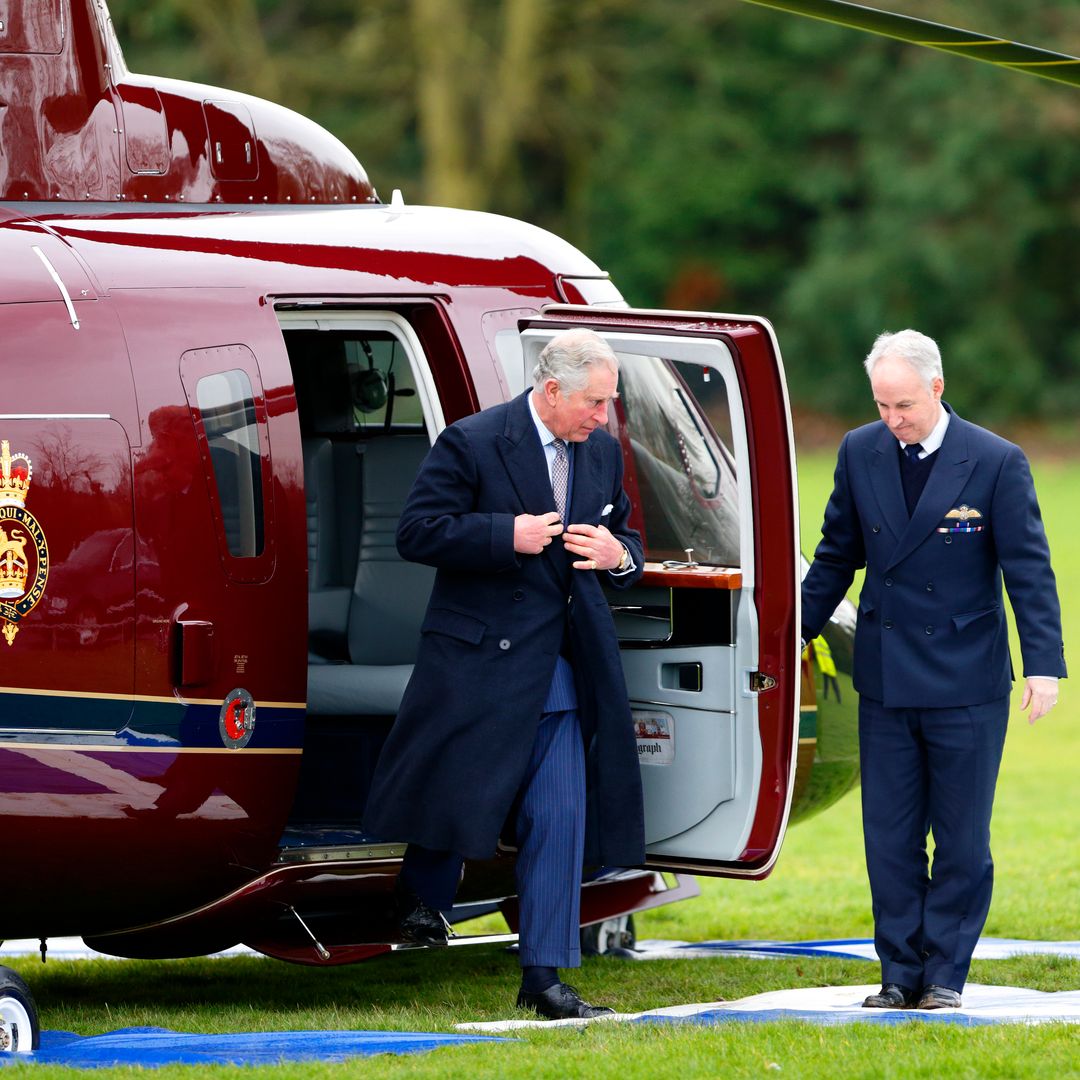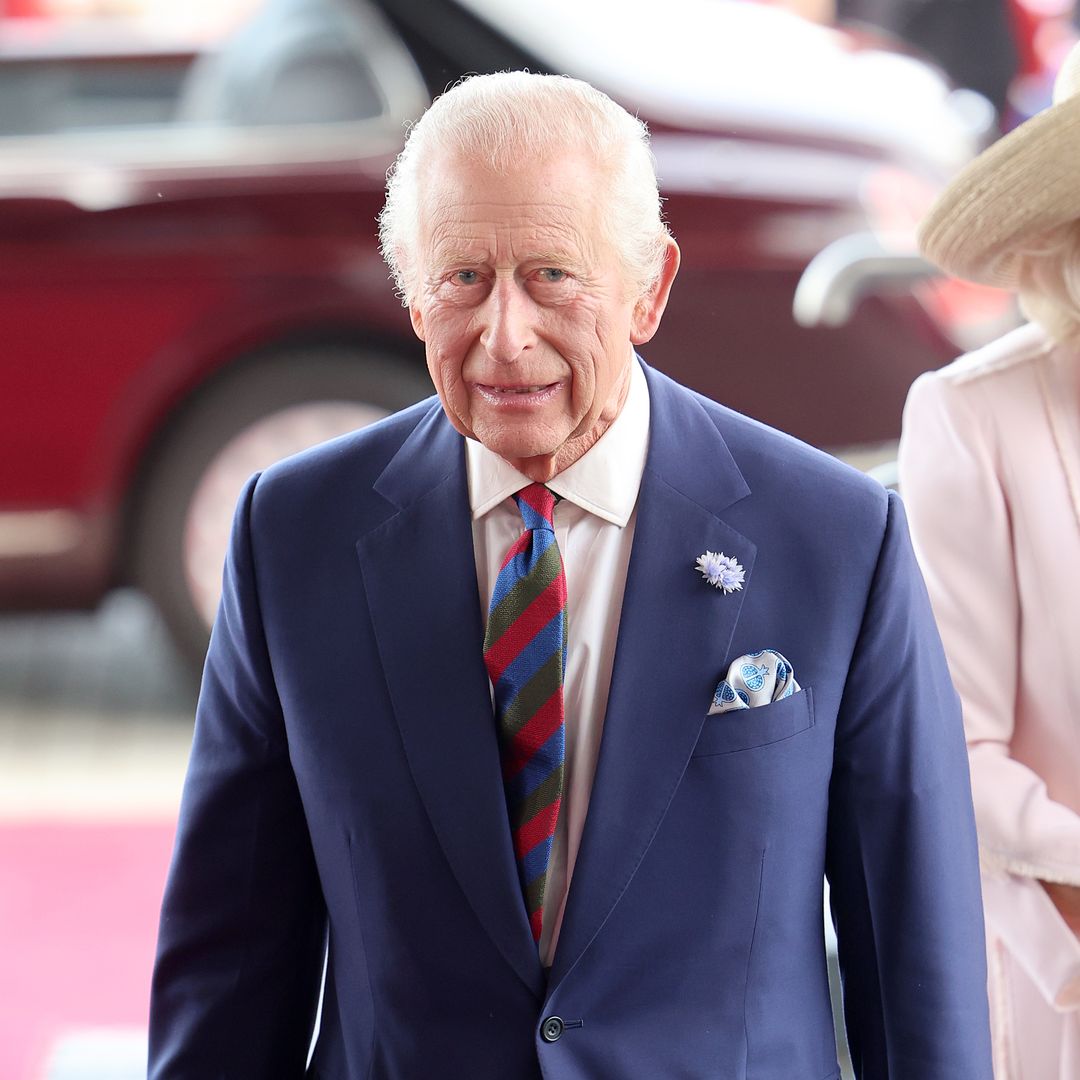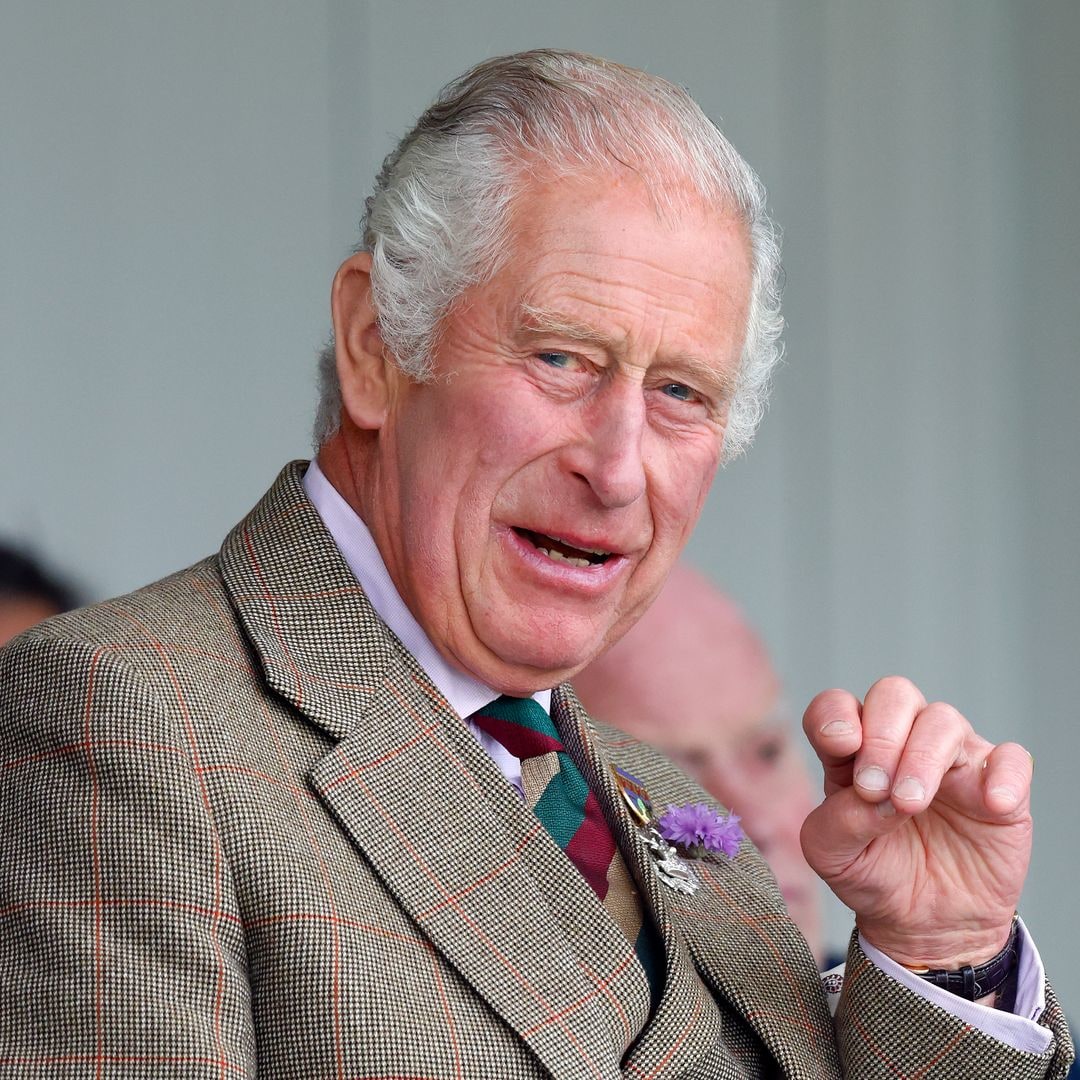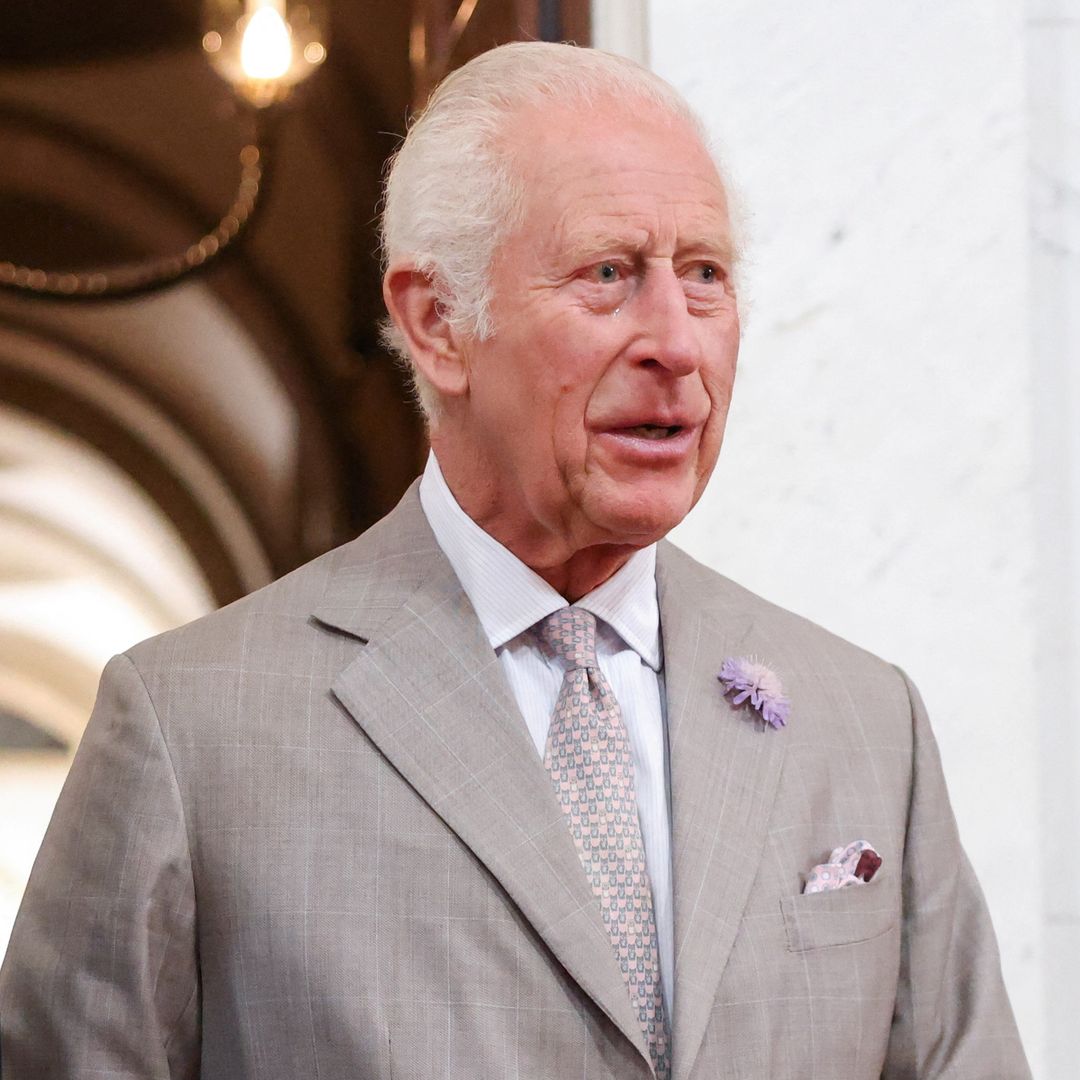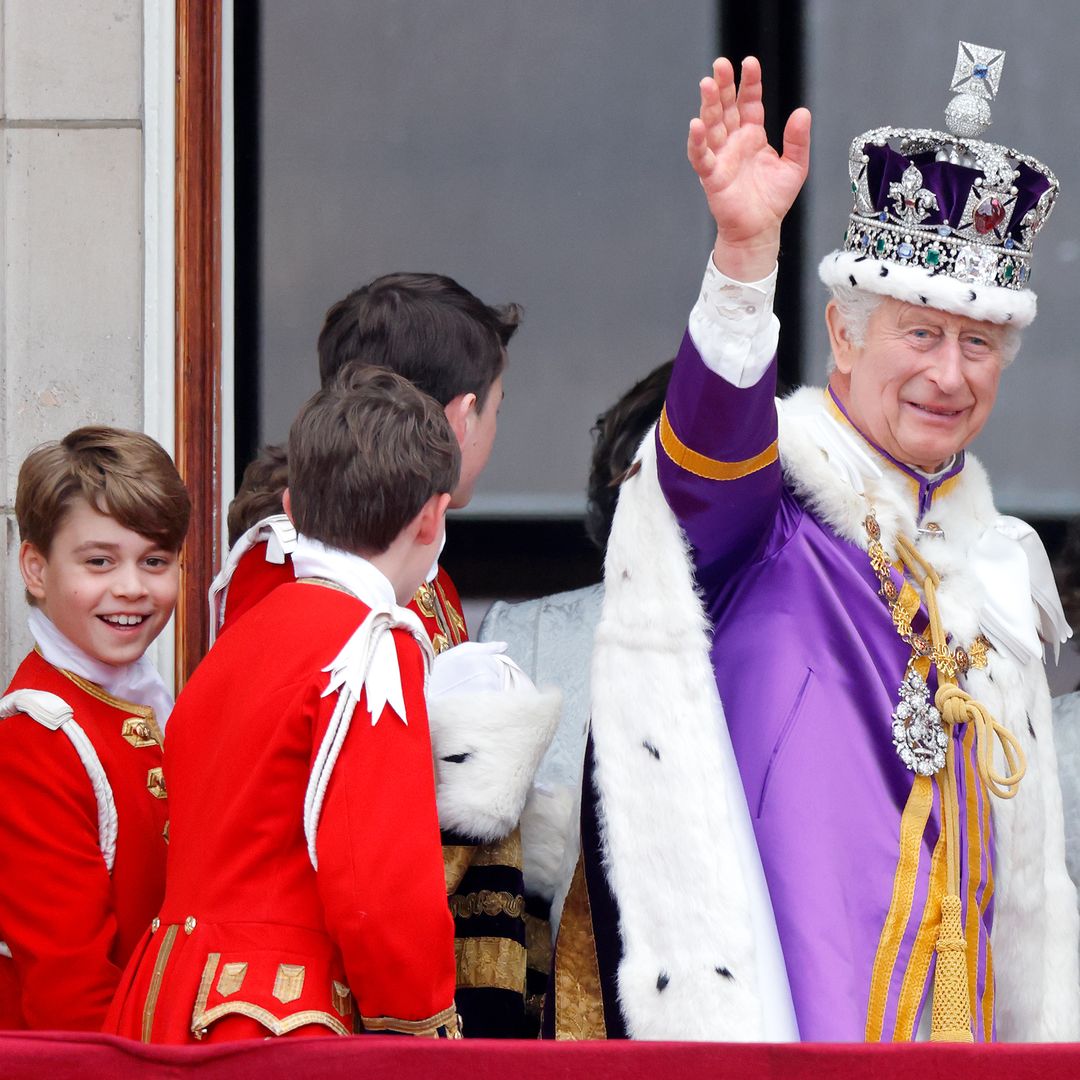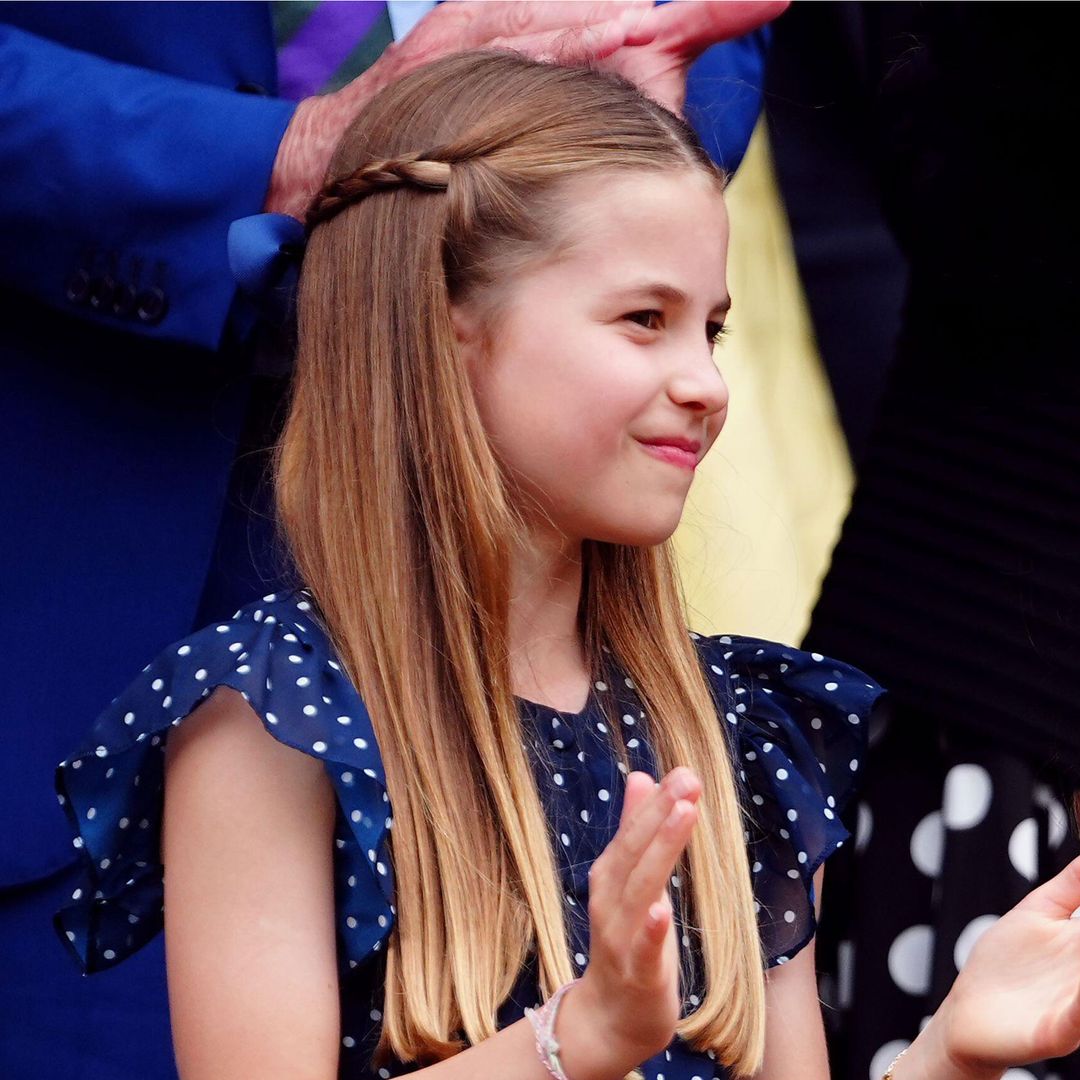King Charles III will officially be crowned in a coronation ceremony on Saturday 6 May. With His Majesty's big day looming just around the corner, preparations are well underway for the royal's milestone three-day spectacle.
It is an exciting time for the royal family. Prince Harry's new plans ahead of the coronation have been revealed while Prince Albert and Princess Charlene confirm they will attending.
The coronation kicks off with an Anglican service conducted by the Archbishop of Canterbury. It is expected to be a "reflection" of the monarch's role in today's society while being "rooted in longstanding traditions and pageantry". Queen Consort Camilla will be crowned alongside her husband.
Following the service at Westminster Abbey, the newly crowned couple will return to Buckingham Palace in the Coronation Procession. The day's events will finish with senior members of the Firm appearing on the royal balcony alongside Charles and Camilla.
As the royal prepares for the monumental occasion, the team at HELLO! is taking a deep dive into some of the fascinating traditions and rituals we can expect to see.
MORE: Prince Harry's new plans ahead of father King Charles' coronation revealed
DISCOVER: King Charles III's coronation - details about service, concert and more
The Investiture of the Prince of Wales
King Charles' coronation will involve six basic stages based on the sections contained in the Second Recension used in 973 for King Edgar: The recognition, the oath, the anointing, the investiture, the enthronement, and the homage.
1. The Recognition
The first part of the ceremony involves the presentation of the monarch to the people. This rite dates back to ancient procedures of the Witan – the supreme council of England in Anglo-Saxon times.
Much like his late mother, Queen Elizabeth II, King Charles will likely stand in the theatre – the central space in Westminster Abbey – before turning to show himself "unto the people" located on the east, south, west and north sides of the theatre.
Westminster Abbey was rebuilt by Henry III in 1245
The Archbishop of Canterbury, Justin Welby, will proclaim Charles the "undoubted King" and ask the congregation and choir to show their homage and service by crying out "God Save King Charles", with the order of service urging them to do so with "willingness and joy".
Trumpets are usually sounded after each recognition.
2. The Oath
During the second stage of the service, King Charles will make a series of promises to reign - according to the law, exercise justice with mercy and maintain the Church of England.
Justin Welby is the 105th Archbishop of Canterbury
The taking of the Coronation Oath is required by the Coronation Oath Act of 1689. The King, with the Sword of State carried before him, will go to the altar and declare: "The things which I have here before promised, I will perform, and keep. So help me God." He will kiss the Bible and sign the Oath.
3. The Anointing
In line with tradition, King Charles III will subsequently be "anointed, blessed and consecrated" by the Archbishop of Canterbury.
During the most sacred segment of the service, King Charles will remove his crimson robe. He will sit in King Edward’s chair which has been used by every monarch since 1626.
Justin Welby gave the sermon at the late Queen's funeral
The archbishop will use the golden eagle-shaped ampulla to pour the holy oil into a 12th century silver-gilt anointing spoon. He will then proceed to anoint Charles in the form of a cross, covering his hands, head and breast.
The anointing ritual is hidden from view by means of a canopy of silk or cloth of gold held by four Knights of the Garter. During Queen Elizabeth II's coronation, a fragrant holy oil made from a blend of sesame and olive oil was used.
Queen Elizabeth was crowned in 1953
The oil contained ambergris (an intestinal substance produced by sperm whales), civet, orange flowers, roses, jasmine, cinnamon, musk and benzoin (resin).
Traditionally the choir sings the anthem Zadok The Priest as the anointing is carried out. Under the chair is expected to be the Stone of Destiny.
READ: What will happen to the Queen's precious jewels?
The ancient, sacred symbol of Scotland’s monarchy - which was once captured by King Edward I of England - now only leaves Edinburgh Castle for coronations.
4. The Investiture and the crowning
The Investiture marks the first time a monarch is dressed in their splendid regalia. Having been sanctified, the sovereign puts on a sleeveless white garment – the Colobium Sindonis. Then the monarch wears a robe of cloth of gold, the Supertunica.
The King will be presented with a jewelled sword and the golden spurs which is the symbol of chivalry. He will also be presented with the armills – golden bracelets of sincerity and wisdom.
Her Majesty was the 39th monarch to be crowned at Westminster Abbey
Dressed in his Robe Royal of gold cloth, Charles will be presented with the orb as well as the sceptre with the cross and the rod with the dove. Charles will also receive the coronation ring on the fourth finger of his right hand.
The magnificent 13th century ring, which symbolises 'kingly dignity', features a glistening ruby as the principal stone.
Then Charles, sitting in King Edward's Chair, will be crowned by the archbishop with St Edward's Crown. The congregation will shout out "God Save the King".
St. Edward's crown is named after Edward the Confessor
After a blessing, the King will be crowned by the Archbishop with St Edward's Crown. The impressive crown was made for Charles II in 1661 as a replacement for the medieval crown which had been melted down in 1649.
Known as the historic centrepiece of the Crown Jewels, the solid gold crown features clusters of rubies, sapphires, garnet, topazes and tourmalines.
SEE: Inside Charles and Camilla's jaw-dropping London residence, Clarence House
5. The Enthronement
After a blessing, the King will go to his throne and be "lifted up into it by the archbishops and bishops, and other peers of the kingdom".
6. The Homage
In the final segment of the coronation, the archbishop, royal blood princes – likely to include the Prince of Wales – and senior peers will pay homage to the monarch.
They will do so by placing their hands between the King's and swearing allegiance and touching the crown. The ritual comes to an end after they have kissed the King's right hand.
Charles and Camilla will be crowned on 6 May
It's thought that King Charles has decided against having royal dukes kneel before him at his coronation.
Will Camilla be crowned Queen?
Buckingham Palace has confirmed Charles' wife, Queen Consort Camilla, will also be crowned on 6 May. It's thought that her ceremony will be much simpler than the King's.
While we don't know which crown Camilla, 75, will wear at the service, it's been suggested she might opt to wear the Queen Mother's coronation crown. Alternatively, we may see Camilla wear the crown of Queen Alexandra or Queen Mary.
Following her coronation, Camilla will maintain her Queen Consort status and may be referred to as Queen Camilla or simply, the Queen.
How much do you actually know about the man behind the crown? Listen to our podcast about King Charles III below...
